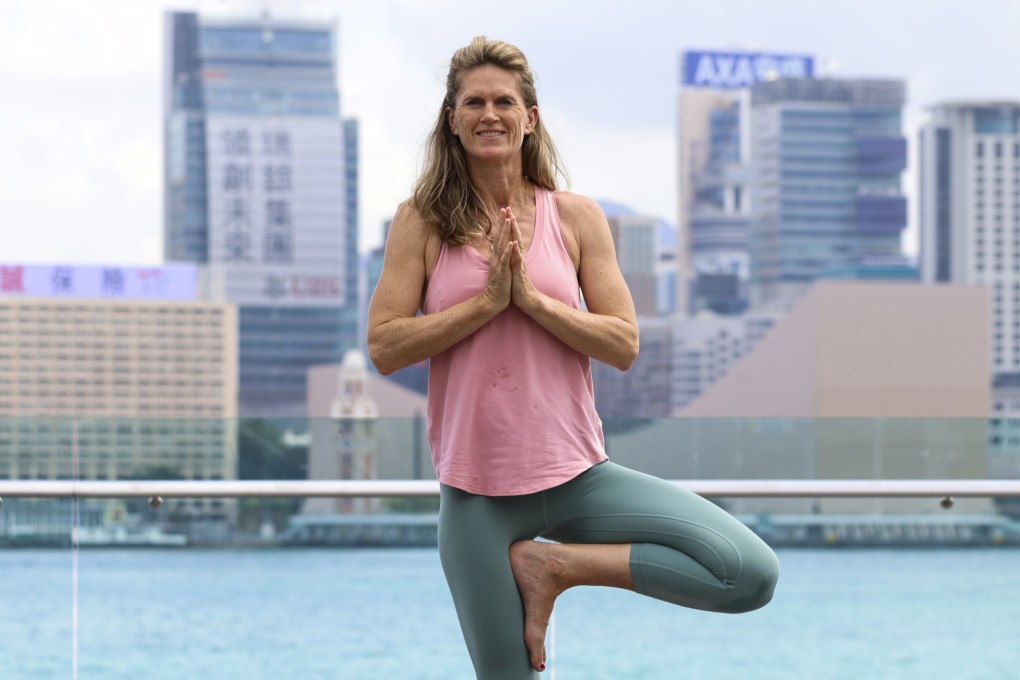Breathwork, movement, sound and social interaction create ‘core steadiness’ you need to relieve stress and anxiety in the face of change, yoga therapist says
- There are four elements to staying steady in the face of change, including breathing exercises, and movement techniques to stave off anxiety
- Social interaction is also crucial to staying grounded, says Charlotte Douglas, who turns to one of a small clutch of friends when she feels a bit unsteady

The last couple of years have been challenging for almost everyone, in Hong Kong as elsewhere in the world. Whether you’ve left the city, are undecided about whether to go, or determined to stay but concerned about the future, you may be rattled.
Yoga therapist Charlotte Douglas, who has called Hong Kong home for 13 years, has decided to stay put and deal with the uncertainty of Hong Kong’s future – but it hasn’t been easy.
“I consider myself a pretty steady person, but … 2022 has challenged that on every level,” says Douglas.
She lives with her husband, children, two dogs and a cat in a quiet beachside village on Lamma Island, southwest of Hong Kong Island. Despite this rural idyll, she has felt the strain and describes anxiety – which she says rises like a beast in the densely populated city – as contagious.

The antidote is “core steadiness”, she says. Nothing to do with building a six-pack, it’s all about being steady in a time of uncertainty.